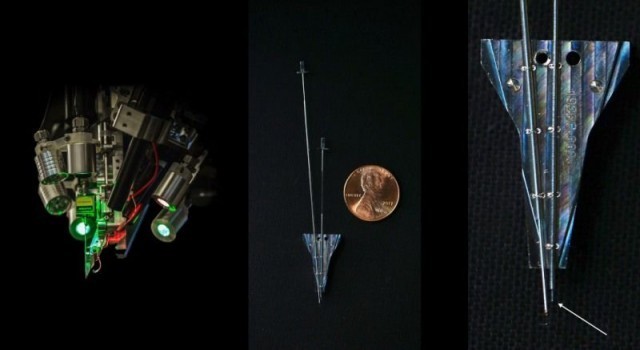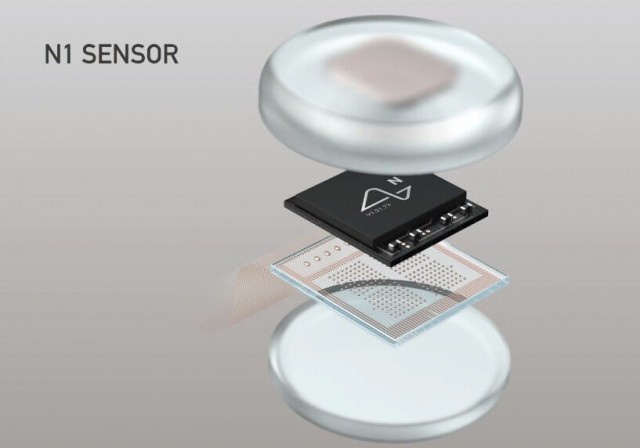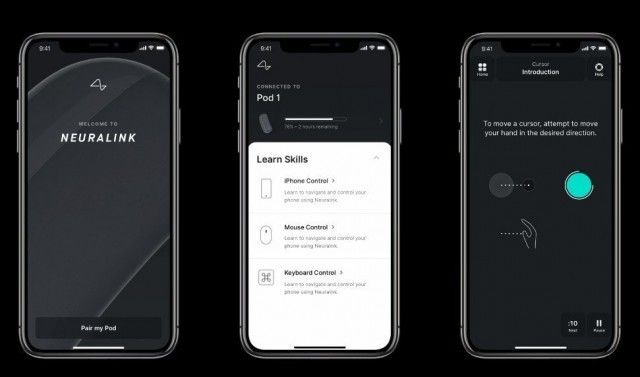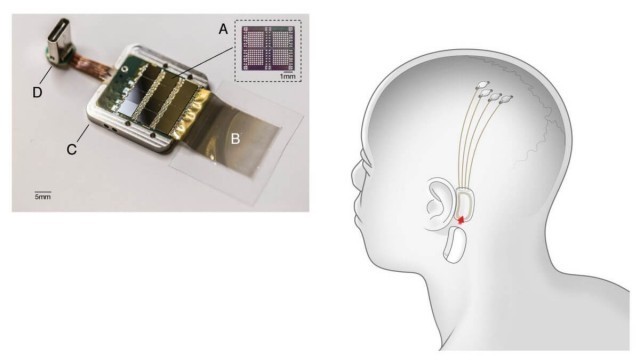Elon Musk's Neuralink plans to implant thoughts-studying sensors in human brains next year
The Neuralink technology has a module that sits outside the head and wirelessly gets data from "threads" embedded within the brain.
Neuralink, the Elon Musk company that plans to create “ultra excessive bandwidth brain-device interfaces to connect humans and computers,” has revealed some of its in-development technology for the first time. This includes a wireless tool implanted into the brain that might permit users control smartphones and computers with their thoughts running in the mind.
The results so far come from checking out on lab rats implanted with as many as 1,500 electrodes, which, each person have to be warned, might also or won't transfer smoothly to work on human beings. If it does work, Neuralink says its aim for the technology at first is to do things like assist amputees, or restore the ability to see, communicate and listen.
Neuralink’s President, Max Hodak, said the threads would be inserted through 8mm holes drilled into a paralyzed human’s skull, and that there are plans to use a laser in future to reduce discomfort.
A custom sensor has also been developed that can be implanted into the body, which amplifies and reads signals and sends them to a receiver. It can best transmit statistics through a wired connection right now, but the intention is to make it work wirelessly. This may connect to a tiny wearable pc called the link, which sits in the back of the ear and contains the battery and other hardware. “it will likely be managed via an iPhone app,” Hodak stated.
Elon Musk added that the chip is capable of 10,000 electrodes with "read and write" capability, giving it 1,000 times more brain-interfacing electrodes than the leading device used for Parkinson’s patients.
Neuralink hopes to get FDA approval of human clinical trials for as early as next year. If it really works as supposed, patients could write textual content messages and emails just by means of thinking about the words. They may also move a mouse cursor and navigate internet pages with their minds alone.


















